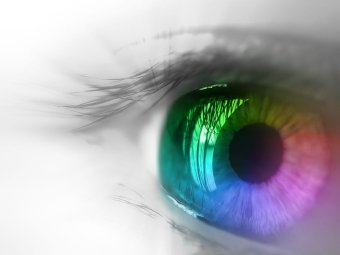 Medicine & Health
Medicine & Health
Detection of vision defects
Astigmatism detection is a process in which the visual acuity in dioptres, or rather its blurredness, is determined, followed by a special computer examination of the corneal surface. During such a research we look through a special eyepiece at the picture presented to us, usually a house or a star.
Our vision quality is irrelevant at this point, as the test is based on a computer evaluating how the light is reflected from different parts of the cornea. The computer will give us the result, i.e. it will determine the possible presence of astigmatism and its scale. A typical eye test in an ophthalmologist consists of a preliminary computer evaluation of our defect, after which the doctor goes on to choose the right lenses for each eye separately. He uses a lens cassette, which he chooses until the image we see is correct.
Keratometry, i.e. a test designed to detect astigmatism, shall be performed only when astigmatism is suspected. If the test confirms astigmatism, special cylindrical lenses are added to the lens system. The use of lenses is, of course, one way to deal with a visual impairment, but by no means one way. If there is a serious eye defect, above 6 dioptres, and there is also astigmatism and the defect altogether hinders normal functioning of the patient, the ophthalmologist may suggest its laser correction.
 Repairing one eye costs from 1,500 to 2,500 PLN. However, this is not a solution for everyone, as there is a long list of problems and illnesses that are strong contraindications to use it. This is primarily the existence of retinal diseases and various inflammatory problems of the eye, as well as systemic problems such as diabetes. A big problem is also the instability of the vision defect, i.e. its worsening.
Repairing one eye costs from 1,500 to 2,500 PLN. However, this is not a solution for everyone, as there is a long list of problems and illnesses that are strong contraindications to use it. This is primarily the existence of retinal diseases and various inflammatory problems of the eye, as well as systemic problems such as diabetes. A big problem is also the instability of the vision defect, i.e. its worsening.
If the defect deepens, its correction will cause the eye to be repaired at the moment, but over time the eyesight will start to be imperfect again and although the defect will be smaller, the need to use glasses will return. For this reason, no correction is likely to be performed in people with the most plastic eyes, i.e. before the age of 25, and the remaining contraindications usually eliminate older people over 65 years of age.






